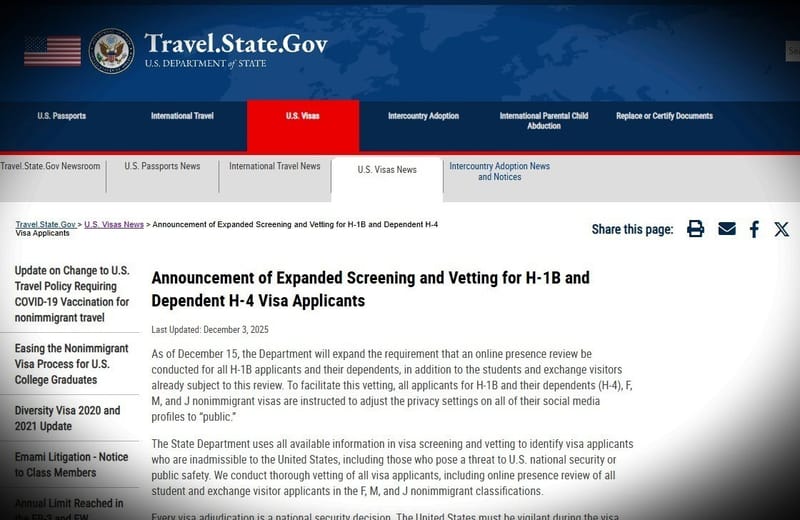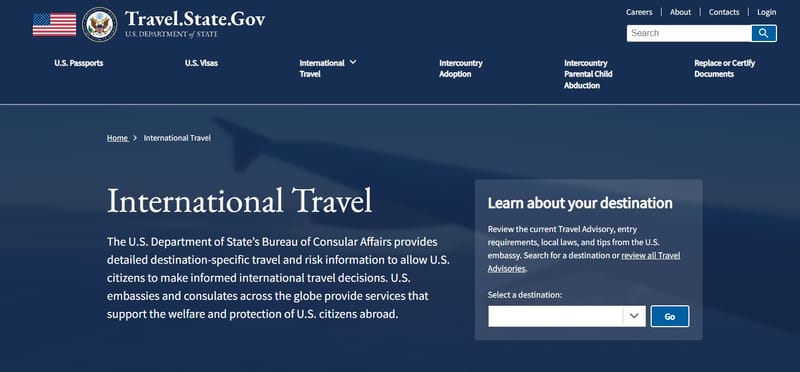Major Tech Firms Respond to Trump's $100K H-1B Fee with Local US Hiring Focus
This policy shift signals a profound change in the operational models of major H-1B employers, directly impacting career paths for skilled foreign professionals and the US tech talent landscape.

Subscribe to our newsletter and stay informed about latest H1B news, policy updates and and other developments.
Article Summary
President Trump's $100,000 H-1B application fee proclamation is prompting major Indian tech firms, including TCS, Wipro, and Infosys, to re-evaluate their hiring strategies in the US. These companies are now publicly stating a shift towards increasing local US talent acquisition and reducing their reliance on new H-1B visa holders.
Original Article: financialexpress.com
[ Sentiment: negative | Tone: factual ]
This summary and analysis were generated by TheNewsPublisher's editorial AI. This content is for informational purposes only; it does not constitute legal or immigration advice.
[ Sentiment: negative | Tone: factual ]
This summary and analysis were generated by TheNewsPublisher's editorial AI. This content is for informational purposes only; it does not constitute legal or immigration advice.
TNP AI: Key Insights
This news is crucial for skilled professionals and employers as it illustrates how a substantial increase in H-1B visa fees can fundamentally alter corporate talent acquisition strategies. Historically, Indian IT service companies have been among the largest users of H-1B visas, leveraging them to bring skilled talent to the US for client projects; this proclamation represents a direct challenge to that long-standing model.
For H-1B hopefuls, this means a significantly narrower path to US employment through these major firms, while US graduates may see increased domestic opportunities. The emphasis on localization by companies like TCS, Wipro, and Infosys could accelerate a broader trend across the tech industry, potentially leading to increased competition for US-based roles and a re-evaluation of offshore versus onshore talent deployment strategies.




